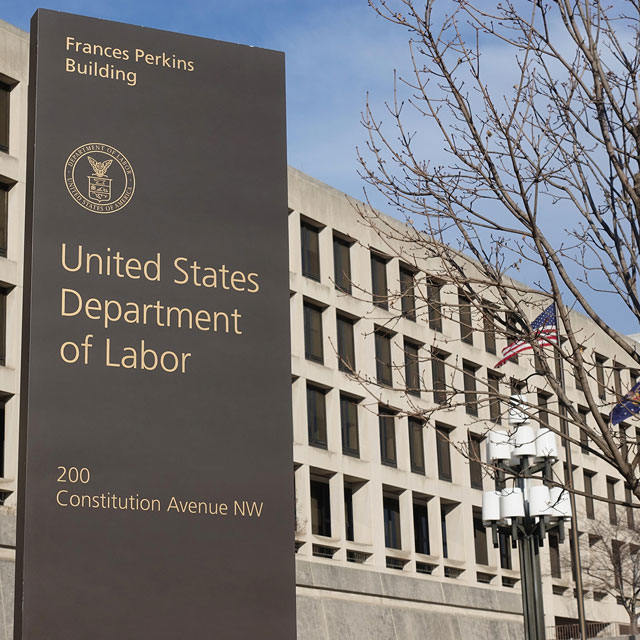[ad_1]
The rule applies a fiduciary standard to retirement advice on rollovers and fixed indexed annuities.
The Labor Department will propose a new fiduciary rule Tuesday afternoon for public comment designed “to close loopholes and require that financial advisors provide retirement advice in the best interest of the saver rather than chasing the higest payout,” Lael Brainard, director of the Biden administration’s National Economic Council, said late Monday afternoon on a call with reporters.
Rollovers from 401(k)s and recommendations to buy fixed indexed annuities would be considered fiduiary advice under the new rule.
The “Biden-Harris team is determined to people keep more of their hard-earned retirement savings,” acting Labor Secretary Julie Su added on the call with reporters.
The proposed rule, Su said, “would update the definition of an investment advice fiduciary to close the current loopholes.”
For example, “if a financial advisor provides investment advice or makes an investment recommendation to a retirement investor, that advisor would now be required to adhere to high standards of care and loyalty to their clients,” Su explained.
Second, Su continued, “we are proposing amendments to exemptions that are currently available to investment advice fiduciaries. This will ensure that all retirement investors receive the same quality investment advice regardless of the product or service they receive. These updates are designed to close current loopholes and gaps in the law and bring the rule in line with how most people save for retirement in our modern economy.”
The rule, according to Labor’s fact sheet, “would expand the existing fiduciary standard that commonly covers advice over purchasing securities like mutual funds, to include new types of non-securities like fixed index annuities, advice to employers and plan fiduciaries, and one-time advice for transactions like 401(k) rollovers.”
New Rule vs. 2016 Rule
There are “a number of fairly significant differences” between the new rule and Labor’s 2016 rule that was struck down by the U.S. Court of Appeals for the Fifth Circuit in 2018, an administration official explained during the call.
As to the exemptions addressed in the new rule, the official explained that “there is no best-interest contract exemption,” and there will be “some changes” to the Prohibited Transaction Exemption (PTE) 84-24, which is a broad exemption that the insurance industry relies on.
The PTE 84-24 exemption is “being reworked,” the official said. “It doesn’t really have a best-interest standard in it right now; the proposal would rework that to really address circumstances where independent insurance agents are providing advice.”
Further, the official said that “the way in which we are amending the five-part test [for fiduciary advice] is not the same.”
In 2016, “what you saw was a relatively broad definition [of fiduciary] that kind of swept in anyone that was providing investment advice for a fee, and then there were some various carveouts and exceptions to that,” the official said. “This time around the test itself is much more targeted to only include those circumstances where, to use the Fifth Circuit’s terminology, there are real relationships of trust and confidence.”
There are also some “relatively minor” changes to Prohibited Transaction 2020-02, which addressed rollover advice, the official said.
Eliminating ‘Junk Fees’
Brainard stated during the call that President Joe Biden believes that when “Americans save their hard-earned money so they can retire with dignity, financial advisors should put the saver’s best interest first, and not sell them lower returing products in order to maximize their own fees.“
Said Brainard: “When a retirement saver pays for trusted advice that is actually not in their best interest and it comes at a hidden cost to their lifetime savings, that’s a junk fee.“
Of course, Brainard continued, “responsible retirement advisors deserve to be paid for their work, but retirement advisors shouldn’t be paid more for recommending one investment product over another if it isn’t in the client’s best interest. These conflicts of interest have a substantial impact — advisors may earn as much as a 6.5% commission to recommend one retirement product over another.“
Over a lifetime, Brainard said, “those conflicts of interest can really add up and cost retirement savers up to 20% of their retirement savings — that’s tens or even hundreds of thousands of dollars per middle-class saver.“
The administration, Brainard added, is pleased that Labor is “taking action to address junk fees that threaten Americans’ retirement savings.“
[ad_2]
Source link


